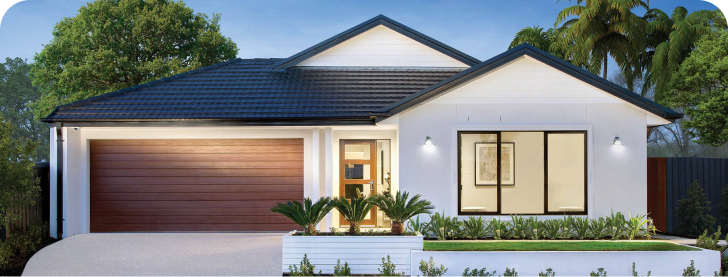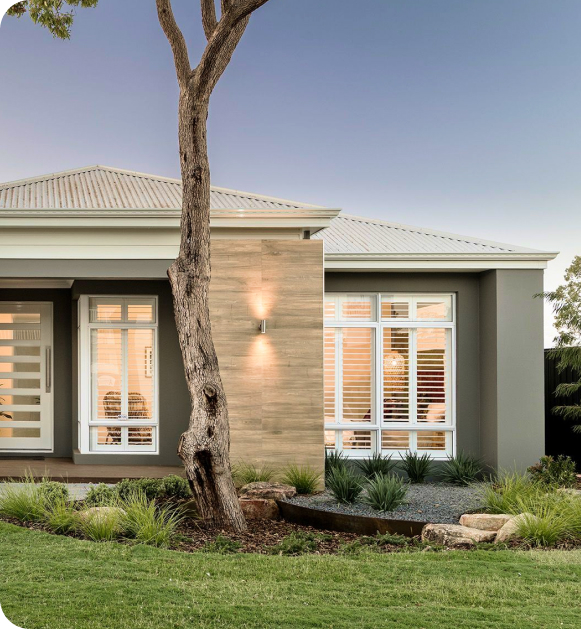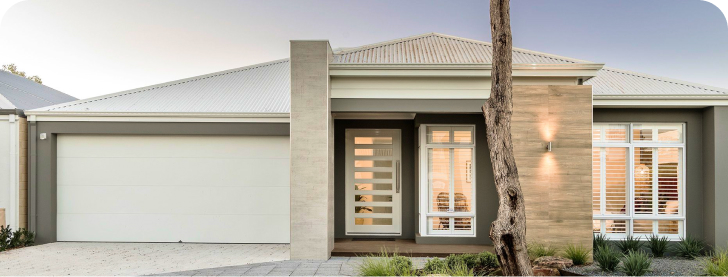
There are some painful truths that no one can deny, and one of them is that our bodies and homes age with us. We may require modifications to our living space to protect our independence or to have extra income to pay our bills. Building an accessory dwelling unit, granny flat, in-law apartment, or converting an existing garage is one option to do so.
Accessory dwelling units provide a separate living space on the same property as the main house, offering many benefits for aging parents, seniors, friends, and even adult children. ADUs offer a perfect solution, allowing your aging mom or dad to live separately and close by for assistance as needed.
But before starting the construction of an ADU, you need to consider the financial implications of the arrangement. In this review, we will cover the expenses and financial considerations for aging in place, including home modifications, local building codes, healthcare, and insurance.
Planning for an accessory dwelling unit or other arrangement to you or your parents requires a thorough budget.
When making your budget for an ADU construction, pay attention to these things:
While many seniors prefer the comfortable features and lifestyle of assisted living facilities, most families want to stay where they live in the future. They want to age in their homes for life and a familiar community.
Assisted living facilities ask for monthly charges that can run into thousands of dollars. Continuing your independent living at home comes with one-time expenses for safety upgrades like grab bars, wheelchair ramps, and wider doorways. During a lengthy time frame, the aggregate expenses of assisted living are notably higher.
Being a caregiver for a family member you care about can have a significant impact on your financial obligations. The cost of care can add up quickly, and as a homeowner, it's essential to be aware of that:
If you are a caregiver, take into account these expenses:
To cover these expenses, you may need to make adjustments to your own funds. This may include reducing your spending or saving less for retirement. It is crucial to be mindful of your finances and make adjustments as necessary to ensure that you can continue to provide the best care possible for your loved one.
Long-term care insurance helps people with permanent health conditions or disabilities, such as Alzheimer's disease, who need assistance with the duties of daily living. Here's how to benefit and plan for it:
It is still important for aging seniors to remain self-sufficient and wellness with access to reliable transportation. When driving is no longer an option, there are alternative transportation methods. Here's what to expect:
Before deciding, compare the features, expenses, and reliability of each option to determine what best suits your transportation needs as you age.
There are several government assistance options to help offset the expenses for seniors and their families to maintain living at home as they age.
The following are seven of the most popular programs our government provides for aging-in-place:
Moving to a smaller house or building an accessory dwelling unit can help cut housing expenses and simplify your life. A smaller mortgage, lower bills, and cheaper insurance from a smaller house can save you money, freeing up money for retirement, debt payoff, or kids' college. However, selling and moving expenses can offset savings.
Besides finances, downsizing can also reduce stress, declutter extra things, and save time by making daily activities. Downsizing may need less upkeep and generate income if you sell or rent your existing home.
In-home services allow older or ill people to stay in their houses without moving to assisted living or nursing homes. While these services preserve a sense of independence, they generate expenses. Understanding these expenses helps make the best decision for you or a family member. Caregivers assist with everyday tasks like bathing, dressing, cooking, and cleaning. They commonly provide continuous upkeep in their accessory dwelling units.
Programs like Medicaid and Medicare cover some in-home services and equipment, but limitations like income restrictions require additional insurance or out-of-pocket payments. Generally, limited short-term care remains cost-effective versus full-time live-in care. However, needs often increase over time, pushing expenses upwards. Weighing financing options alongside medical, community, and independence benefits determines the optimum plan to support you or a loved one.
There are basic transitions in life—college, marriage, parenting, retirement, and death. Unfortunately, planning for deaths and associated funeral expenses often escapes notice because it is so difficult to cope with.
The fact remains that leaving this life involves an expense. Despite the inconvenience that arises when planning for the end of life, planning can ease the burden on you and your dear ones by ensuring that they are able to pay for your last rite expenses.
Here's how to plan for end-of-life expenses:

Ensuring your money is invested wisely requires evaluating the benefits and challenges of maintaining your current home. Consider the following factors:
Think about using a prefabricated or manufactured unit rather than building from scratch. Use cost-effective material options. Connect the unit to the main house's plumbing and utility systems instead of installing separate ones. Opt for a compact unit under 500 square feet. Apply for required permits as early as possible to avoid expensive modifications later on and research if your municipality offers any financial incentives for constructing accessory dwelling units.
Financing an ADU can be done through a home equity line of credit (HELOC), any form of financing loan. Homeowners can expect additional expenses and responsibilities associated with managing an apartment on their property, but the benefits can outweigh the challenges for those looking to expand their living space or provide housing for their kids or tenants.
Adding an ADU to a property in California will likely increase property taxes. However, only the taxes on the ADU itself would increase, not the primary residence. The value of the ADU would be added to the total value of improvements on the lot for tax purposes. County assessors would determine the build cost to calculate the ADU's taxable value.
Be aware that certain property tax exclusions and constraints may apply to ADUs. For instance, seniors or disabled property owners potentially qualify for property tax relief on the ADU if they reside there as their main house.
Yes, once you build accessory dwelling units or granny flats, you can count them as part of the property's total square footage. An ADU is actually designed to operate as a separate housing with a separate entrance. But the square footage of the connected ADU is included in the property's total square footage when calculating the property value or the amount of property tax.
During the design phase of an ADU, there are numerous considerations you should take. The floor plan and square footage of ADU must match its purpose and available land space. Local building codes that set size limits and safety rules should guide design for obtaining permits.
In addition, the layout of the ADU must allow access for older or disabled users, such as wider doorways, flush thresholds, and grab bars. Also, consider the energy efficiency, sense of privacy you need from neighbors and from the main home, and landscaping so ADU blends into the property.











